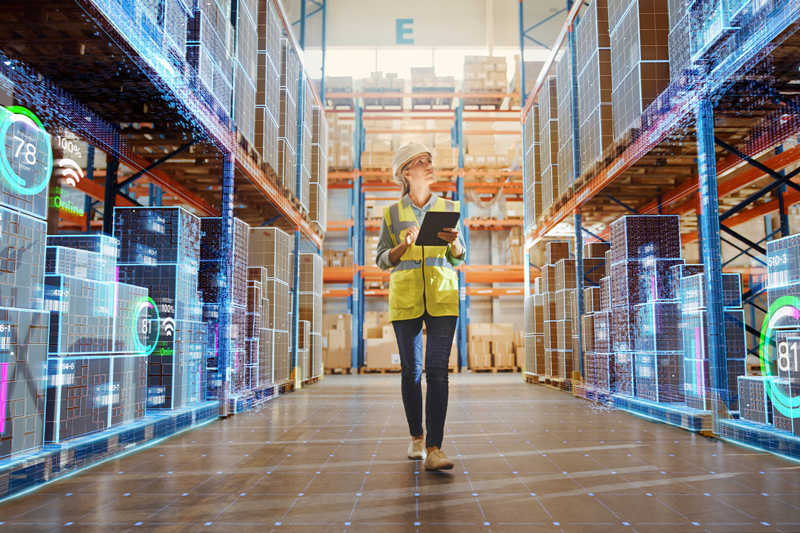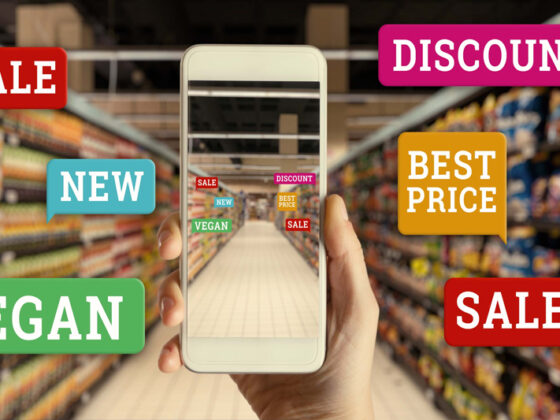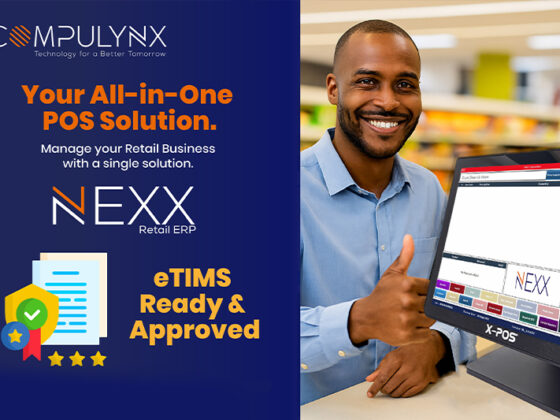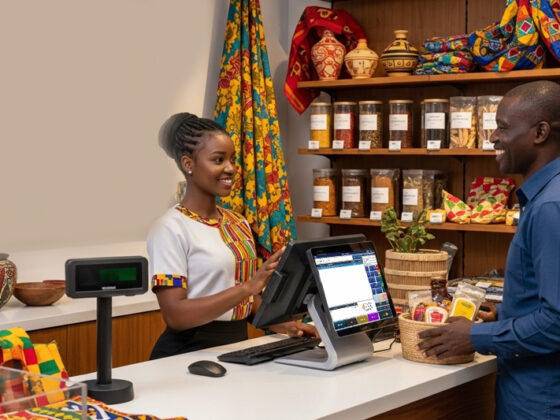Ship-from-Store & Hybrid Fulfillment: Redefining Retail Logistics in 2025
Redefining Retail Logistics. Retail used to be simple: products sat in warehouses, and stores sold to whoever walked in. Today, that model feels outdated. Customers expect same-day delivery, seamless online shopping, and full product availability and they don’t care how complex it is behind the scenes.
To keep up retailers are rethinking how stores and warehouses work together. The new model? Ship-from-store and hybrid fulfilment using physical stores as mini-distribution hubs to serve both in-person and online shoppers.
What Does Ship-from-Store Mean?
Ship-from-store is exactly what it sounds like when an online order comes in, instead of pulling the item from a central warehouse, it’s shipped directly from the nearest store with stock.
Hybrid fulfilment takes this even further by mixing multiple models:
- Traditional warehouses for bulk storage.
- Stores for local, fast shipping.
- Micro-fulfilment centres in urban areas for high-demand SKUs.
Together these approaches turn every store into both a shopping destination and a logistics node.
Why Retailers Are Adopting It
The push for ship-from-store is being driven by three big forces:
- Customer expectations. Same-day or next-day delivery is now standard. Stores double as fulfilment hubs to shorten the last mile.
- Cost pressures. Shipping from stores often reduces freight costs and makes better use of existing inventory. Some retailers report up to 20% savings.
- Inventory optimization. Instead of stock sitting idle in one location, ship-from-store allows retailers to balance inventory across the network.
The Benefits for Retailers
Done right, this model delivers big wins:
- Faster delivery times and happier customers.
- Reduced cancellations since items can be sourced from multiple stores.
- Lower logistics costs by cutting long-haul freight.
- Higher store utilization, turning shops into active players in e-commerce.
For customers, it feels seamless they get what they want, when they want it.
The Challenges to Watch Out For
Of course, it’s not as simple as flipping a switch. Retailers face:
- Inventory visibility gaps. Without accurate, real-time stock data, orders risk being cancelled.
- Operational complexity. Staff need to handle in-store customers and online orders.
- Technology integration. Warehouses, stores, and e-commerce must be connected end-to-end.
- Training. Employees must adapt to dual roles in sales and fulfilment.
The Role of Technology
Ship-from-store only works if retailers have strong digital infrastructure.
- ERP systems synchronize inventory across all stores and warehouses.
- Order management tools decide where to fulfill from based on stock levels and proximity.
- Analytics forecast demand, preventing over-stocking or under-stocking in any one location.
Why It Matters for East Africa
In East Africa, where logistics costs are high and infrastructure can be patchy, ship-from-store offers a practical edge. Retailers can:
- Leverage their store networks to shorten last-mile delivery.
- Avoid overreliance on central warehouses.
- Offer competitive delivery timelines without massive new infrastructure investment.
It’s a way for local retailers to keep pace with global e-commerce standards while playing to their strengths.
In conclusion Ship-from-store and hybrid fulfillment are no longer experiments they’re becoming core strategies for modern retail. They blend the best of physical and digital, giving customers faster service and retailers more efficient operations.
By Carolyne Rabut
Content Marketing – CompuLynx




